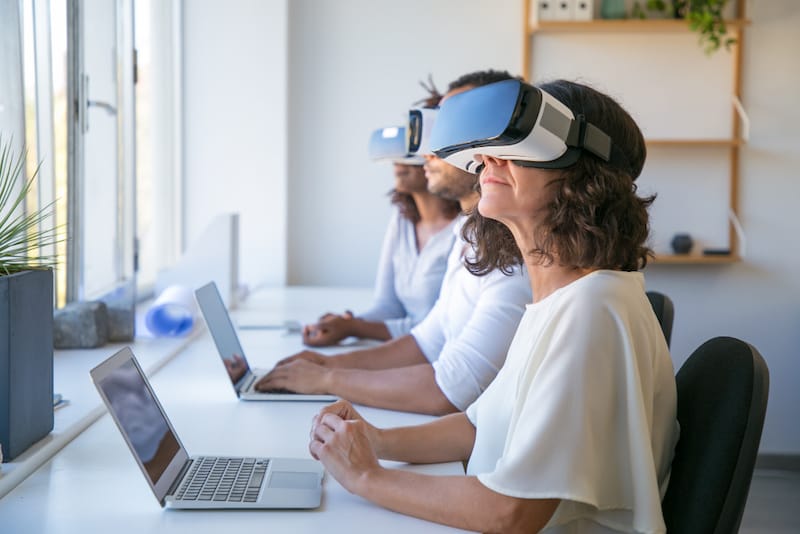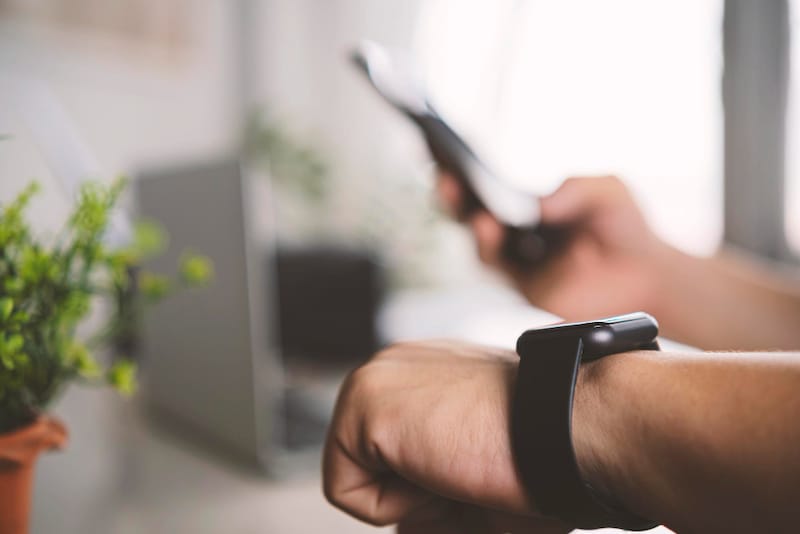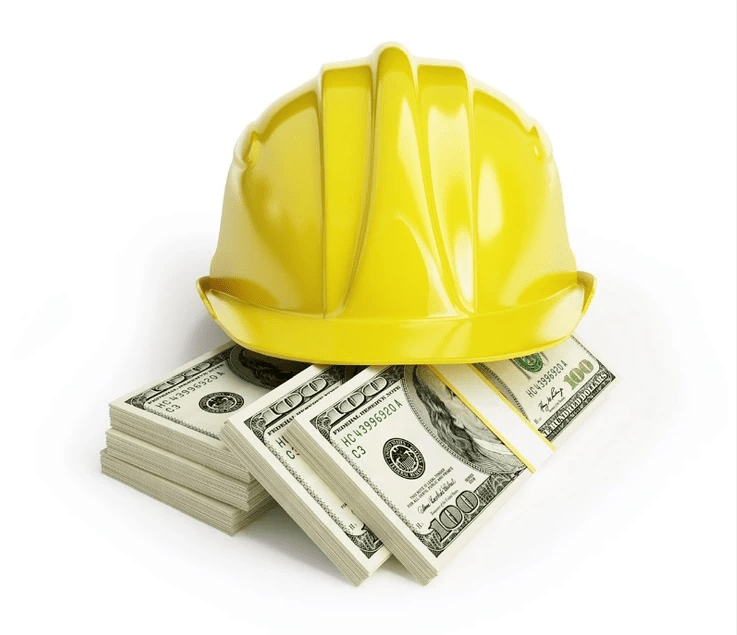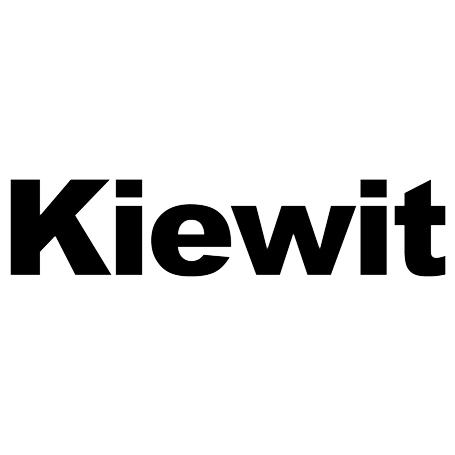Call us at +1 (917)-745-6877 for more info or click here
Although construction employees are only 6% of the US workforce, they make up an estimated 20% of workplace deaths. Working in the construction industry comes with unique risks. So keeping construction employees safe is of paramount importance.
Luckily, innovative technological advancements are being made to the safety garments worn by construction workers every day. These could help reduce the risk of injury and help construction companies uphold better safety standards.
Below, we have put together the latest innovative wearable devices and equipment in the construction sector. This will give you an idea of how technology can help keep your construction workers safe, happy, and healthy.
👷🏽 Working in the construction industry comes with various risks. Employees are exposed to environmental and physiological risks. This includes things like fatigue, heavy lifting, working at a very high height, working with heavy-duty machinery and equipment, slipping, and more.
Over time, safety practices, personal protective equipment (PPE), and tools emerged to mitigate these risks. These work toward creating the safest possible construction work environment.
Wearable safety refers to the devices construction employees have on their person. In other words, they wear these safety devices.
Wearable safety is nothing new.
For example, construction helmets have been used for a very long time. However, recently there has been a surge in innovations in the world of wearable safety.
The beauty of new wearable safety is that it applies major technological advancements to the world of construction safety.
Recent innovations have made construction sites much safer places to be for all. Reducing workplace fatalities and injuries, they are an incredible tool to promote employee health and wellness.
They not only increase safety but will also improve productivity and reduce costs. Wearable technology and devices might be a bit pricey to acquire initially, However, they pay off in the long run with their safety benefits.
You will save on costs associated with worker injuries, fatalities, accidents, and missed work days. In addition, some wearable technology can even enhance the efficiency of work.

Safety glasses or goggles have been a popular tool to protect construction employees for many years. Historically, they have been used only to protect the eyes.
Now, augmented reality glasses do so much more. These smart glasses lay computer-generated images over your actual physical surroundings. As a result, you will be able to see both at the same time.
The computer-generated imagery can provide construction workers with critical safety information in real-time.
For example, smart glasses could identify and notify wearers of any leading edges that are nearby. They could also display information about any relevant safety protocols in real-time.
Some companies that are at the forefront of augmented reality glasses for construction are Akular AR, Arvizio, and Gamma AR.

Many individuals use smartwatches in their everyday life, and these devices have been in the consumer market for years.
These watches can pick up on important biometric data and have a wide range of functionality. This makes them an incredible tool to use in construction safety. With the right applications and software on these smart watches, they can help monitor activity and identify safety hazards.
For example, a smartwatch could monitor vital signs like step counts and heart rate to warn the wearer of potential overexertion.
It could also detect when the wearer falls, automatically notifying an emergency medical response team.
Smartwatches are also incredible tools for communication. They allow hands-free communication wherever you are.
Brands like Garmin and Amazfit have durable smartwatches suitable for construction workers.
It’s also worth noting that smartwatches can contribute to the wellness of construction employees by tracking their moods. For example, the Moonbeam helps the wearer track their sleep and mood. This way, it helps to identify any potential mental and physical health concerns.
Smartwatches like these are a great addition to efforts made to improve mental health in construction.
Companies like SolePower are creating smart boots. Their vision is to transform your standard construction boot into a sophisticated and powerful wearable safety tool.
Smart boots can detect the pressure on the sole. This allows the boot to detect any potential falls or shocks experienced by the wearer. Once detected, the smart boot can send out an alert, allowing help to come as soon as possible.
Smart boots can also track the wearer’s location. Their location software is typically more sophisticated than your typical GPS. Moreover, the fact that you are wearing the location tracker means that it will always be accurate.
By accurately tracking its wearer’s location, the smart boot can improve the safety of lone construction workers.
Nothing screams workplace safety like the traditional hard hat or helmet. Hard hats have been around for years, protecting workers from falling debris and other dangerous things.
However, companies like WakeCap and SmartCap are now investing in adding sophisticated technological features to their hard hats.
By adding a sensory band to the hard hat, the smart helmet can track its wearer’s vital signs.
Like the smartwatch, this allows it to identify potential fatigue and over-exertion, signaling to its wearer when it’s time to take a break. The sensory band could even detect micro-sleep and respond with a noise alert aimed at waking up the wearer.
Hard hats could even come equipped with proximity sensors. These sensors would identify when something is too close to the wearer, preventing collisions.
Safety vests (like those offered by Elekon) are another traditional wearable safety garment that is seeing technological improvements.
Smart vests are made from sophisticated e-textiles embedded with sensors. These can monitor the wearer’s biometrics, like their blood pressure, muscle strain, body temp, and heart rate. Some can even pick up on heat-stress conditions.
Like other wearable tech, smart vests can send out alerts when they pick up concerning biometric data.
They are also able to send the wearer’s current biometrics to connected devices such as a phone or laptop. This allows site managers to track worker data in real-time.
Although some may be resistant to new technologies, embracing new innovations is one of the best things construction firms can do for the safety of construction workers.
Alongside standard safety equipment and wearable tech, mobile apps like SkillSignal are also changing safety in construction. SkillSignal is an all-in-one mobile platform. It boosts safety by providing convenient access to safety resources, incident reporting, site observations, safety alerts, and more.
Reference List

Construction is one of the main contributors to the United States economy. Over 680,000 people work as employers, while over 7 million work as employees.…

Health and safety in the construction industry are not to be taken lightly. This seems like a given due to the high-risk nature of the…

Construction’s mental health crisis is very real. There are many factors that contribute to mental health issues, however construction workers don't have it easy to…
Selected as #1 by top ENR General Contractors. Loved by thousands of Trade Contractors across the US.




















